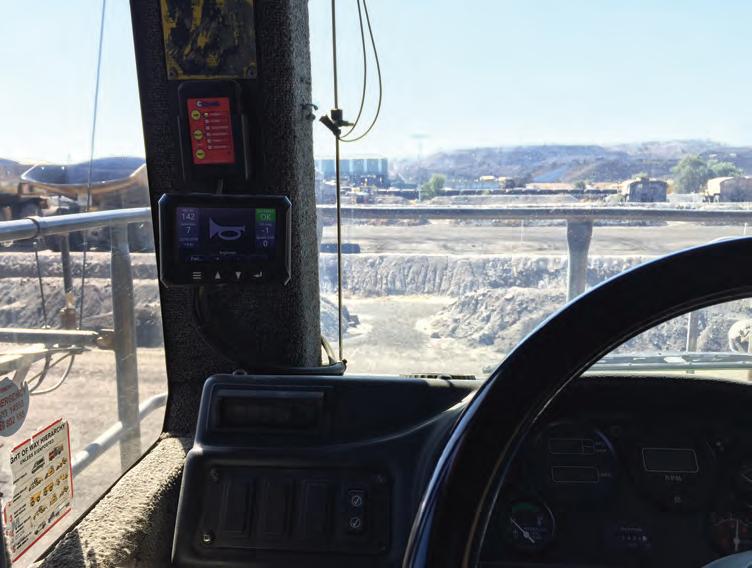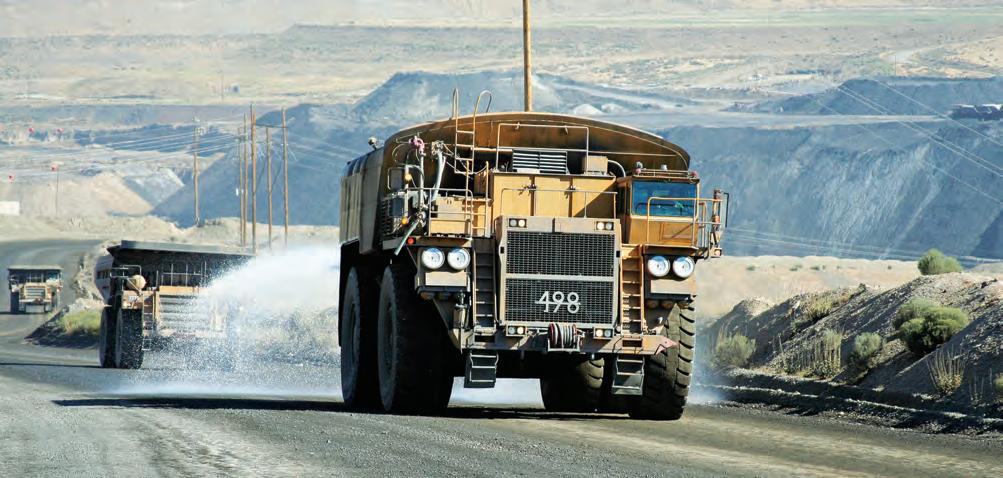Maintenance
Dual safety benefits of deploying thermal imaging cameras OF THE BENEFITS THAT THERMAL IMAGING CAMERAS BRING TO INDUSTRIAL WORKPLACES, INCLUDING FOR CONDITIONAL MONITORING AND PREVENTATIVE MAINTENANCE, THE TECHNOLOGY HAS RECEIVED INCREASED INTEREST FROM BUSINESSES LOOKING TO MONITOR HIGHERTHAN-USUAL BODY TEMPERATURES TO INCREASE SAFETY OF THEIR EMPLOYEES.
W
ith Australian businesses preparing to adjust to the ‘new normal’ in workplace safety measures after the coronavirus outbreak, Steven Blott, FLIR Systems country manager for Instruments, says FLIR’s thermal imaging technology is receiving a new wave of interest
from customers looking to take dual benefits from a single purchase. “Some of FLIR Systems’ thermal cameras can be used to screen people for elevated body temperatures when set to the right configuration. Once the pandemic is over, the same cameras can be used for preventative maintenance, for example to detect hot joints, bad
The FLIR E95 handheld camera has image resolution of up to 464x348 pixels.
SAFETOWORK.COM.AU 56 SEP-OCT 2020
connections, overheated bearings or insulation losses,” Blott says. He is quick to clarify, however, that FLIR’s cameras are not medical devices and should not be viewed as tools to detect for coronavirus or fever. “Our cameras are extremely effective at detecting deviations in the external temperature of objects and people, with some models in the FLIR Exx and FLIR T500 series capable of detecting small variations of ±0.3 degrees Celsius,” Blott says. “But it’s important to note that the cameras are first and foremost industrial cameras. It just so happens that we had introduced scanning configurations in most of our models after the SARS outbreak back in 2003, which enables the cameras to be configured for personnel monitoring. “In fact, FLIR has received approval for certain cameras from the United States Food and Drug Administration (FDA) to screen in high-traffic public places.” In Australia, FLIR has partnered with CBC since 2010 to engage closely with customers through CBC’s established distribution and service network. Anthony O’Keefe, CBC engineering manager, says apart from being a


















